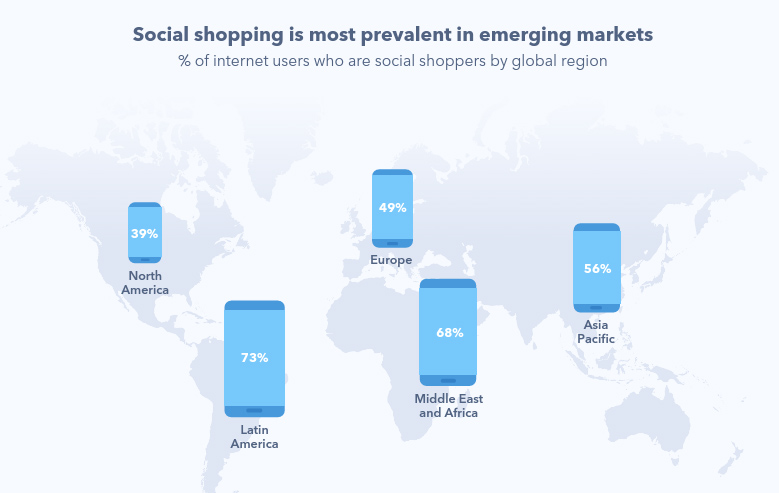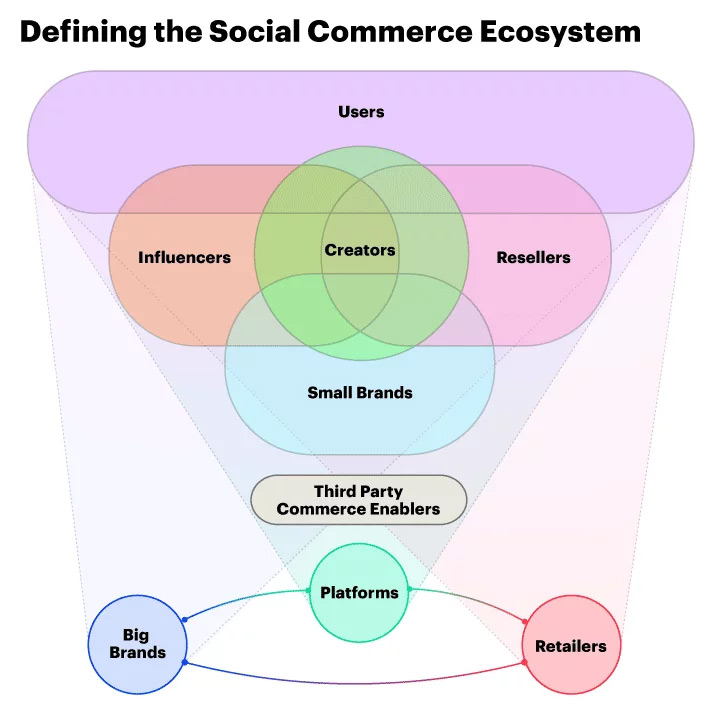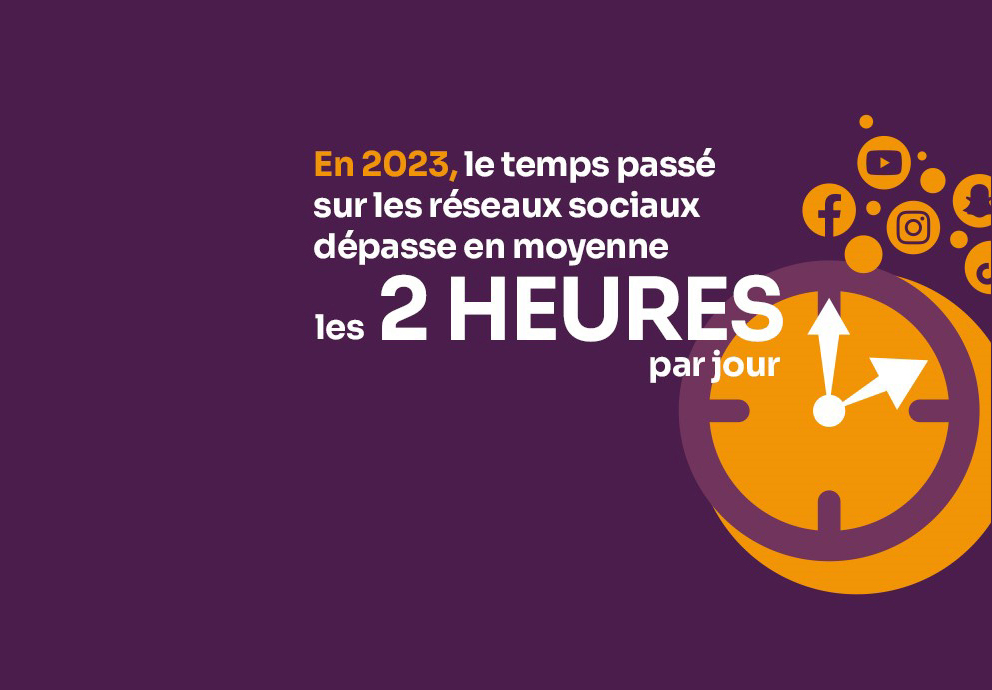The growing rise of social networks has highlighted social commerce for retailers. Although 88 % of French people are active on these platforms, only 10 % have dared to buy online recently, according to Retail Republik. Despite huge potential, mistrust of payments is slowing its growth. How are the rules of traditional and online commerce redefined ? Let's explore the challenges of social commerce !
Social commerce in the era of Covid-19 : the turning point of digital payment
Lockdown measures : social networks count twice as much
The first lockdown marked a decisive turning point for social networks, with a notable increase and diversification of their uses. The digital entertainment sector experienced an unprecedented influx during this period, attracting even those who were traditionally reluctant to engage with the digital world.
At the same time, faced with the suspension of traditional commercial activities, many players turned to sales alternatives, thus consolidating the dynamics of social commerce.
Today, in most regions of the world, the use of social media seems to have reached its ceiling, stagnating or decreasing slightly, except in the United States, where growth is constant.
The key figure : In 2023, the average time spent on social networks exceeds 2 hours per day.
Source : We Are Social/Meltwater study
Facebook, WhatsApp, TikTok : who reigns over the social media kingdom ?
In terms of platforms, while Facebook has the most users in the world, WhatsApp remains the network cited as a favourite. TikTok is experiencing the fastest growth of its user base.
Read also : Split payment : a delicate balance between fluidity, instantaneity and security
France : When social networks make a blunder
The key figure : In France, 88 % of consumers use social networks.
Source : Access Panel study by L'Échangeur BNP Paribas Personal Finance, in partnership with Republik Retail
This proportion has increased by 6 points since 2020. There is a significant difference between those under 60 (93 %) and those over 60 (79 %), but this generational gap is gradually decreasing.
Source : Access Panel study by L'Échangeur BNP Paribas Personal Finance, in partnership with Republik Retail
The dual-speed emergence of commerce on social networks
Social media platforms adapt to the purchase
In this context of post-pandemic expansion of digital habits, the main social media platforms have understood the interest of developing features intended for purchase.
Some examples are :
- Meta with Facebook Marketplaces, then Facebook and Instagram Checkout
- Pinterest with Shopping
- TikTok with Shop, developed in partnership with Shopify
Social commerce seems to have a bright future
In 2021, social commerce generated a turnover of 492 billion dollars. It could reach 1.2 trillion dollars by 2025.
The key figure : The turnover of social commerce would represent nearly 17 % of the ecommerce market in 2025.
Source : Study carried out by Accenture in January 2022
Read also : Ecommerce : towards a personalised, instantaneous, reactive commerce... on all channels
Which countries dominate social commerce ?
Despite these forecasts, disparities exist between countries. China, among advanced economies such as India and Brazil, is the leader in social commerce. The United States and Europe are lagging behind, even if the United States is seeing the number of buyers on social media platforms increase rapidly (+16 % in one year).
Source : Study on social commerce carried out by GWI

Demanding consumers who expect tailor-made products
Why do brands rely on social commerce ?
Why this craze for social commerce ? Brands see this as an opportunity to engage their customers in a new way. Indeed, the latter are 1.4 times more likely than online buyers to buy from the same seller. They explore more and are twice as likely to buy a brand they do not know. Finally, they are more sensitive to recommendations (twice as likely).
In exchange, the consumer finds a way to shop in a more personalised, community-based and authentic environment.
The key figure : 63 % of social network users say they are prepared to buy again from the same retailer after the first social shopping experience.
Source : Study carried out by Accenture in January 2022
59 % say they are more likely to buy an item from a small business when they shop on a social media platform. So many specificities that change the rules of traditional and online commerce.
New expectations and roles for retailers
With social networks, the role of the retailer evolves : they take turns wearing the hats of consumer, creator, influencer and seller, thus transforming their relationship with commerce. Customers expect basic but essential features for a good social shopping experience, such as :
- return or refund facilities
- a description and clear photos
- loyalty options
- a rating or customer reviews
- notifications for order tracking

Source : Study carried out by Accenture in January 2022
Trust at the heart of social purchase
What are the obstacles to the rise of social commerce ?
Despite the high expectations of the overall market, regional differences and consumer behaviour make forecasts less clear. Several obstacles to the growth of social commerce have been identified. They are mainly related to trust, a crucial issue for traditional online buyers.
According to the « Social Trends 2023 » report carried out by Hootsuite, 1 in 2 buyers on social networks fear that their purchase cannot be refunded in the event of an issue. 32 % feel they do not have enough clear information to trigger their purchase Nearly 30 % fear misuse of their personal data by social media platforms. And nearly 25 % do not trust the recommendations of influencers.
Secure payment and trust : the pillars of the rise of social commerce
We therefore see that trust is at the heart of social purchase, especially when it comes to payment, as highlighted by the Accenture study and the « Social Trends 2023 » report carried out by Hootsuite.
In summary, although social commerce has obvious potential, the study of buyers' behaviour reveals obstacles to be overcome to achieve a popularity similar to that of current mcommerce. In all purchase contexts, trust during the payment phase will be essential to fully exploit this potential.



